
漢德百科全書 | 汉德百科全书
 Schottland
Schottland
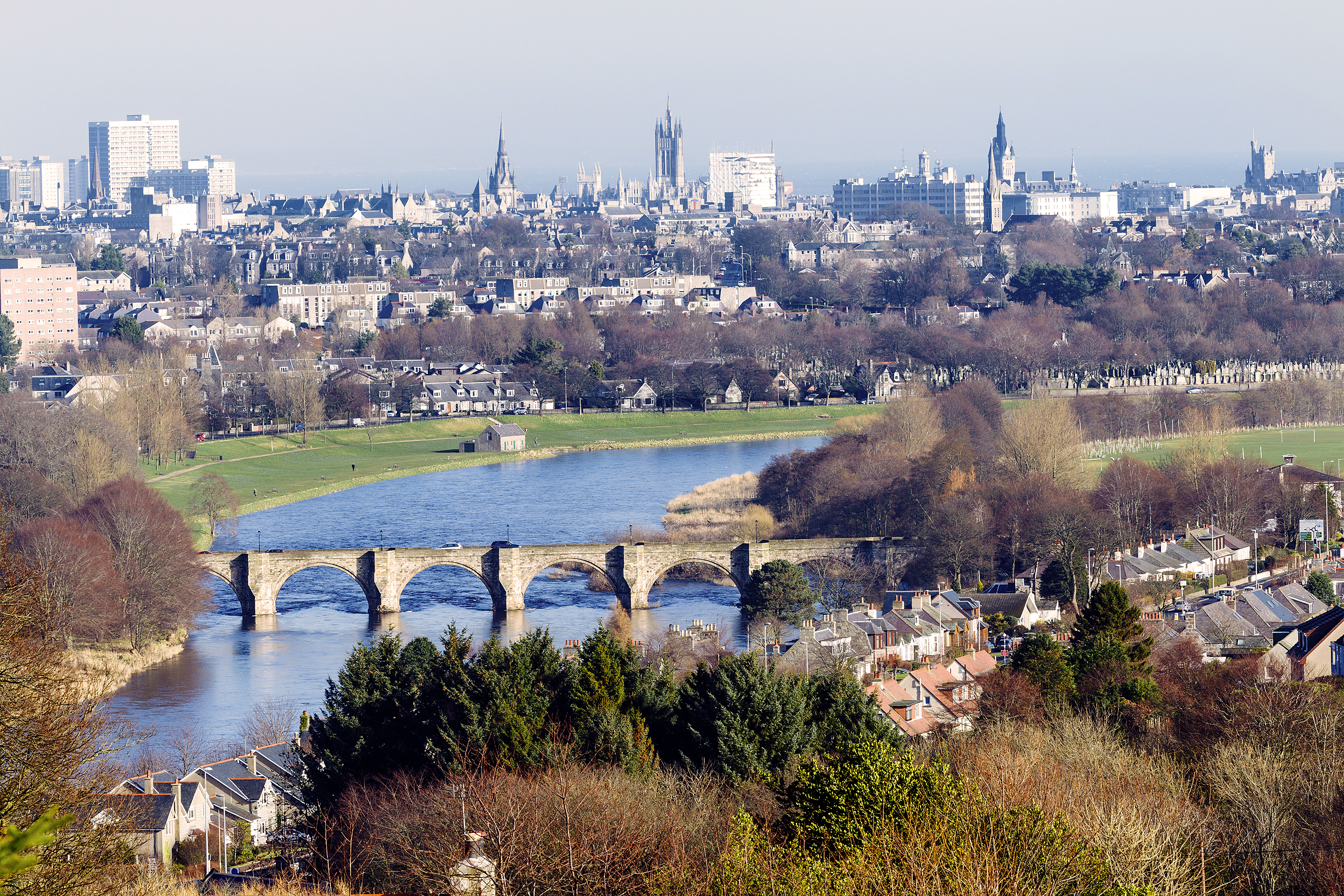
Aberdeen [æbəˈdiːn] (sco.: Aiberdeen [ebərˈdin]; schottisch-gälisch Obar Dheathain[2] [ˈopər ˈʝɛhɪn], „Mündung des Don“[2], amtlich City of Aberdeen) ist eine Stadt im Nordosten von Schottland im Vereinigten Königreich.
Die Stadt ist eine der 32 Council Areas in Schottland und hat zwei Universitäten, von denen die Universität Aberdeen im Jahr 1495 als dritte Universität in Schottland gegründet wurde. Studenten machen rund zehn Prozent der Bevölkerung aus.
Bedeutend ist die Stadt seit dem 12. Jahrhundert. Typisch für das Stadtbild ist der silbergraue Granit aus den ehemals umliegenden Steinbrüchen. Wenn die Sonne scheint, beginnt der Glimmeranteil im Granit zu glitzern, weshalb Aberdeen auch gerne Silver City genannt wird; oder Flower City, denn dank ihrer Blumenanlagen hat die Stadt wiederholt den Wettbewerb Britain in Bloom gewonnen. Seit Anfang der 1970er Jahre die ersten Ölfelder in der Nordsee erschlossen wurden, entwickelte sich die Hafenmetropole schnell zum Hauptversorgungszentrum für die Offshore-Plattformen. Bei guter Sicht konnte man die Erdölbohr-Plattformen vor der Küste mit bloßem Auge sehen.[3]
阿伯丁(英语:Aberdeen ![]() i/æbərˈdiːn/;低地苏格兰语:Aiberdeen listenⓘ;苏格兰盖尔语:Obar Dheathain [ˈopər ˈʝɛhɪn]),英国苏格兰地区的主要城市之一,是苏格兰7个指定市中,人口排行第三的城市(2020年时统计为198,590人[5])。面积186km²。该市位于苏格兰东北部,北面的顿河(River Don)与南面迪伊河(River Dee)的河口之间,是北海海滨的主要海港。[6]
i/æbərˈdiːn/;低地苏格兰语:Aiberdeen listenⓘ;苏格兰盖尔语:Obar Dheathain [ˈopər ˈʝɛhɪn]),英国苏格兰地区的主要城市之一,是苏格兰7个指定市中,人口排行第三的城市(2020年时统计为198,590人[5])。面积186km²。该市位于苏格兰东北部,北面的顿河(River Don)与南面迪伊河(River Dee)的河口之间,是北海海滨的主要海港。[6]
在18世纪中叶到20世纪中叶的200年间,阿伯丁建筑统一采用灰色花岗岩,因而有“花岗岩城”(Granite City)之称,又因为花岗岩中云母的银色光泽而被称为“银城”(Silver City)。[7] 1970年代发现了北海油田之后又获得了“欧洲石油之都”(Oil Capital of Europe)和“欧洲能源之都”(Energy Capital of Europe)等称呼。[8]
阿伯丁地区至少在8,000年前就有人类居住[9],大卫一世统治时期获得皇家自治镇的地位。而到了现代,传统的渔业、造纸业、造船业和纺织业都被石油工业和海运取代。阿伯丁直升机场是世界最繁忙的直升机场之一,[10] 其海港也是苏格兰东北部最大港口。[11]
文化上,1495年阿伯丁大学成立,这是英国最古老的古典大学之一。加上1992年获得大学资格的罗伯特戈登大学,阿伯丁成为了区域内的教育中心。该市每年也负责举办阿伯丁国际青年节。

 Geschichte
Geschichte
 L 1000 - 1500 nach Christus
L 1000 - 1500 nach Christus
 Nobelpreis
Nobelpreis
 Nobelpreis für Physiologie oder Medizin
Nobelpreis für Physiologie oder Medizin
 Nobelpreis
Nobelpreis
 Nobelpreis für Physik
Nobelpreis für Physik
 Nobelpreis
Nobelpreis
 Universität/Institut
Universität/Institut
 Nobelpreis
Nobelpreis
 Nobelpreis für Chemie
Nobelpreis für Chemie
 Nobelpreis
Nobelpreis
 Nobelpreis für Frieden
Nobelpreis für Frieden
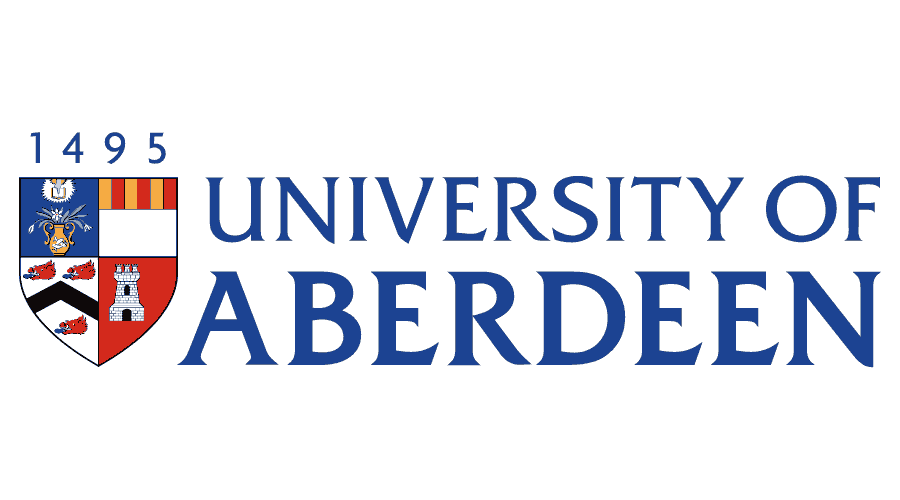








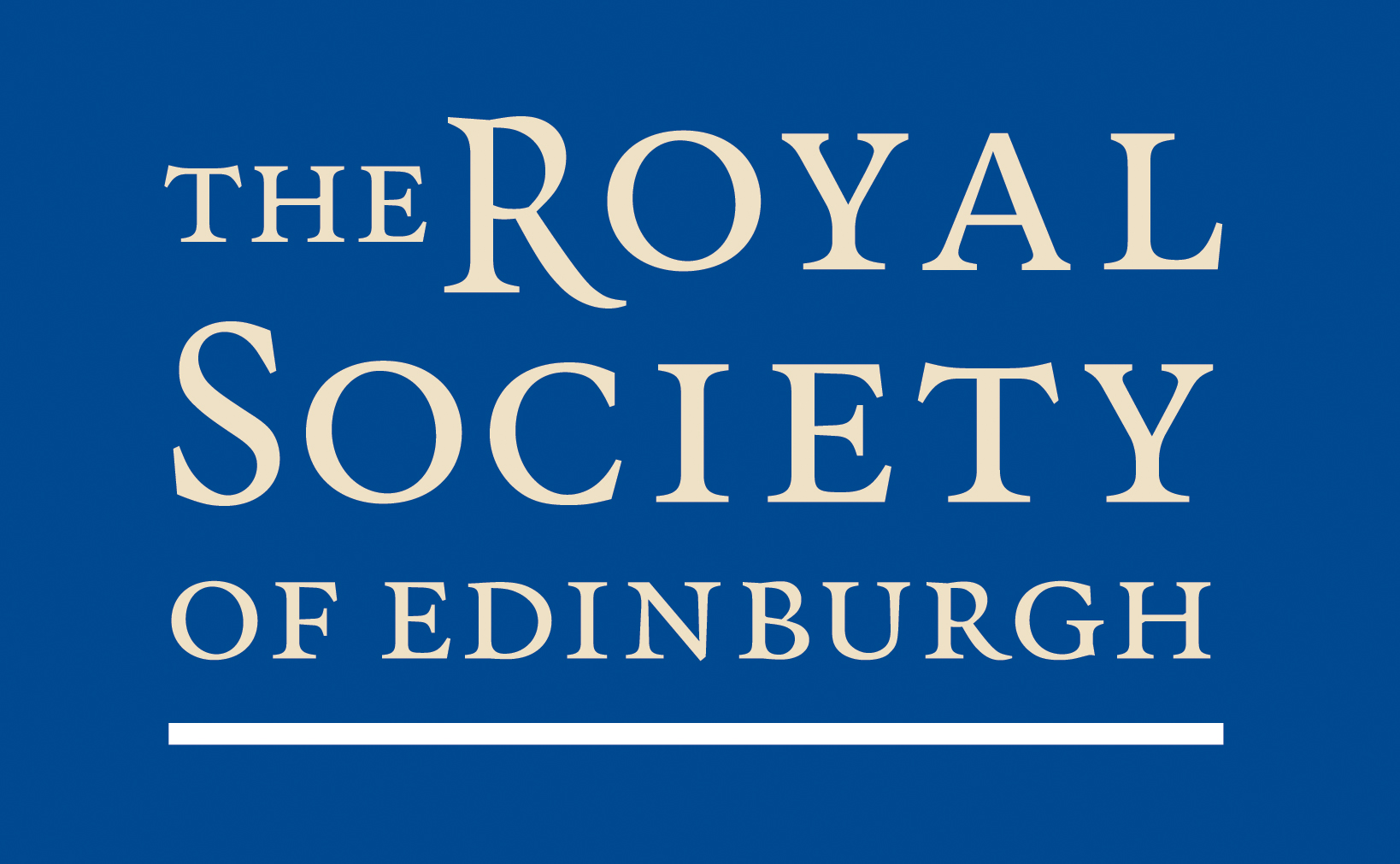
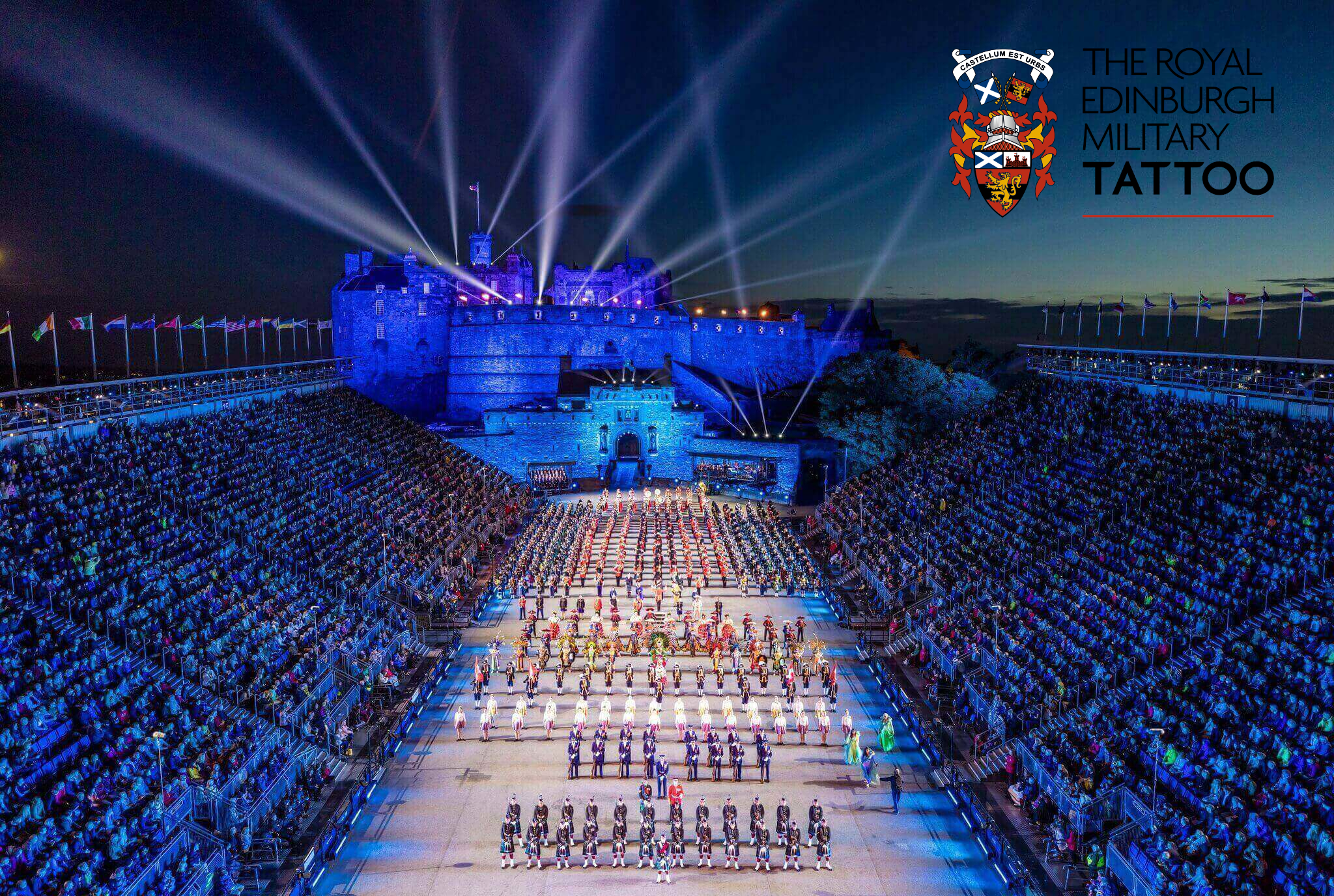
Das Royal Edinburgh Military Tattoo (von englisch tattoo = Zapfenstreich) ist das größte Musikfestival Schottlands. Es ist Teil des Edinburgh Festivals und findet seit 1950 jedes Jahr im August auf dem Platz direkt vor dem Edinburgh Castle (der so genannten Esplanade) in der schottischen Hauptstadt Edinburgh statt.
 Eurovision Song Contest,ESC
Eurovision Song Contest,ESC

 Finanz
Finanz
 ***Globales Finanzzentrum/Global Financial Center
***Globales Finanzzentrum/Global Financial Center

 Geschichte
Geschichte
 N 2000 - 2100 nach Christus
N 2000 - 2100 nach Christus

 Geschichte
Geschichte
 M 1500 - 2000 nach Christus
M 1500 - 2000 nach Christus

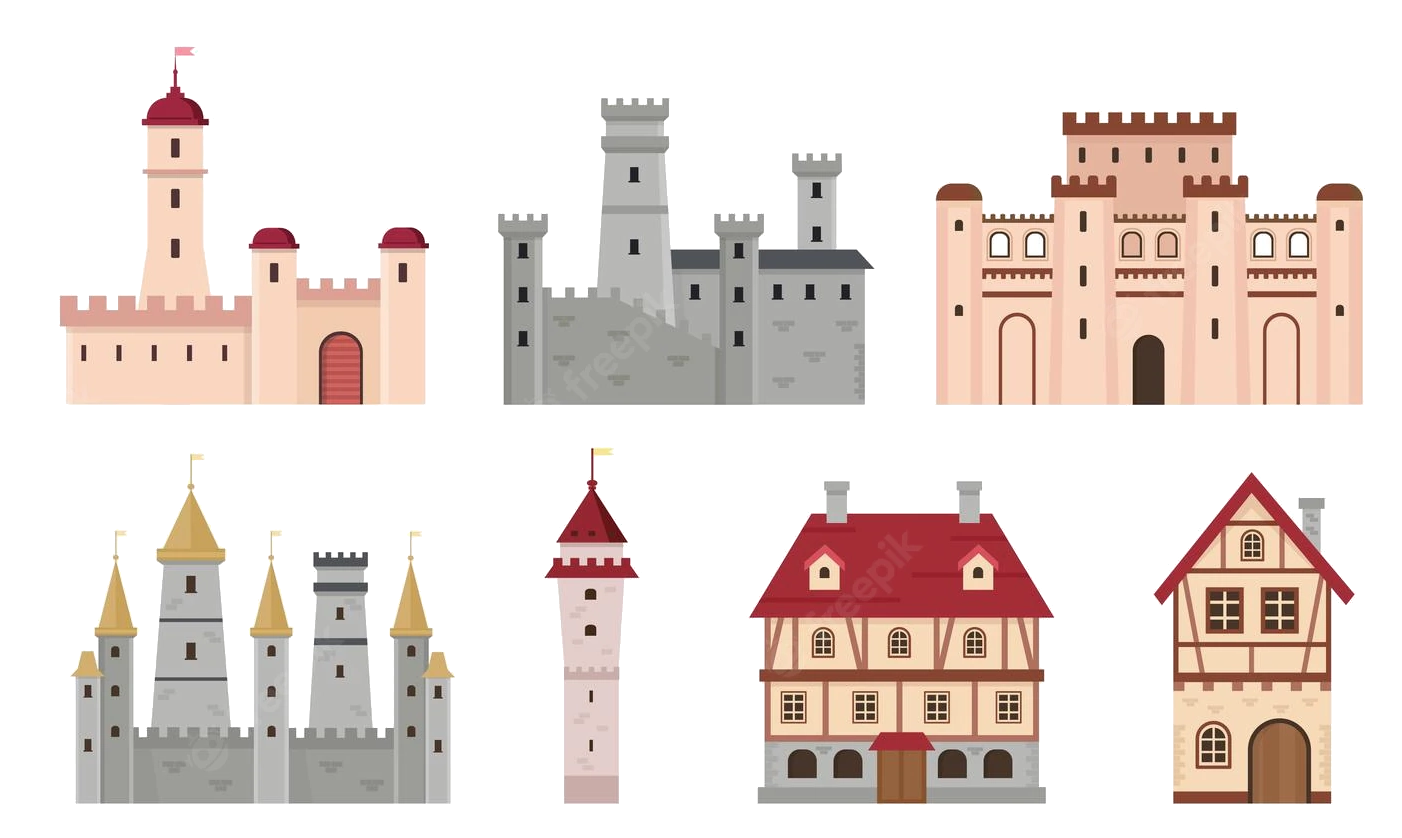 Mittelalterliche Städte in Europa
Mittelalterliche Städte in Europa
 Schottland
Schottland
 Vereinigtes Königreich
Vereinigtes Königreich

Edinburgh  [ˈɛdɪnb(ə)ɹə][2] (schottisch-gälisch Dùn Èideann [tuːn ˈeːtʃən]; dt. Edinburg; amtlich City of Edinburgh) ist seit dem 15. Jahrhundert die Hauptstadt von Schottland (bis dahin war es Perth). Seit 1999 ist Edinburgh außerdem Sitz des Schottischen Parlaments. Edinburgh ist mit etwa 493.000 Einwohnern nach Glasgow die zweitgrößte Stadt Schottlands und seit 1996 eine der 32 schottischen Council Areas. Die Stadt liegt an Schottlands Ostküste auf der Südseite des Firth of Forth gegenüber von Fife.
[ˈɛdɪnb(ə)ɹə][2] (schottisch-gälisch Dùn Èideann [tuːn ˈeːtʃən]; dt. Edinburg; amtlich City of Edinburgh) ist seit dem 15. Jahrhundert die Hauptstadt von Schottland (bis dahin war es Perth). Seit 1999 ist Edinburgh außerdem Sitz des Schottischen Parlaments. Edinburgh ist mit etwa 493.000 Einwohnern nach Glasgow die zweitgrößte Stadt Schottlands und seit 1996 eine der 32 schottischen Council Areas. Die Stadt liegt an Schottlands Ostküste auf der Südseite des Firth of Forth gegenüber von Fife.
爱丁堡(英语:Edinburgh, i/ˈɛdɪnbərə/[4]、苏格兰盖尔语:Dùn Èideann),是英国苏格兰首府,也是继格拉斯哥后苏格兰的第二大城市,位于苏格兰东海岸福斯湾南岸。截止到2013年,全市人口为487,500。[3]
i/ˈɛdɪnbərə/[4]、苏格兰盖尔语:Dùn Èideann),是英国苏格兰首府,也是继格拉斯哥后苏格兰的第二大城市,位于苏格兰东海岸福斯湾南岸。截止到2013年,全市人口为487,500。[3]
自15世纪以来爱丁堡就被当做苏格兰首府,但在1603年和1707年政治力量多次南移到伦敦。1999年苏格兰议会的自治权利才得以确立。苏格兰国家博物馆、苏格兰国家图书馆和苏格兰国家画廊等重要文化机构也位于爱丁堡。在经济上,现在的爱丁堡主要依靠金融业,是伦敦以外英国最大的金融中心。[5]
爱丁堡有着悠久的历史,许多历史建筑亦完好保存下来。爱丁堡城堡、荷里路德宫、圣吉尔斯大教堂等名胜都位于此地。爱丁堡的旧城和新城一起被联合国教科文组织列为世界遗产。[6]2004年爱丁堡成为世界第一座文学之城。[7]爱丁堡的教育也很发达,英国最古老的大学之一爱丁堡大学就坐落于此,为一所历史超过四百年的世界顶尖名校。[8]加上爱丁堡国际艺术节等文化活动,爱丁堡成为了英国仅次于伦敦的第二大旅游城市。
エディンバラ(英語: Edinburgh [ˈɛdɪnbərə] (![]() 音声ファイル)、スコットランド・ゲール語: Dùn Éideann [ˈt̪uːn ˈɛːtʲɛn̪ˠ])は、スコットランドの首都であり、ロージアン州の州都。日本語では「エジンバラ」とも表記される。
音声ファイル)、スコットランド・ゲール語: Dùn Éideann [ˈt̪uːn ˈɛːtʲɛn̪ˠ])は、スコットランドの首都であり、ロージアン州の州都。日本語では「エジンバラ」とも表記される。
Edinburgh (/ˈɛdɪnbərə/ ( listen);[6][7][8] Scottish Gaelic: Dùn Èideann [ˈt̪uːn ˈeːtʲən̪ˠ]; Scots: Edinburgh) is the capital city of Scotland and one of its 32 council areas. Historically part of the county of Midlothian (or Edinburghshire), it is located in Lothian on the Firth of Forth's southern shore.
listen);[6][7][8] Scottish Gaelic: Dùn Èideann [ˈt̪uːn ˈeːtʲən̪ˠ]; Scots: Edinburgh) is the capital city of Scotland and one of its 32 council areas. Historically part of the county of Midlothian (or Edinburghshire), it is located in Lothian on the Firth of Forth's southern shore.
Recognised as the capital of Scotland since at least the 15th century, Edinburgh is the seat of the Scottish Government, the Scottish Parliament and the supreme courts of Scotland. The city's Palace of Holyroodhouse is the official residence of the monarchy in Scotland. The city has long been a centre of education, particularly in the fields of medicine, Scots law, literature, the sciences and engineering. It is the second largest financial centre in the United Kingdom (after London)[9] and the city's historical and cultural attractions have made it the United Kingdom's second most popular tourist destination, attracting over one million overseas visitors each year.[10]
Edinburgh is Scotland's second most populous city and the seventh most populous in the United Kingdom. The official population estimates are 464,990 (2012) for the Locality of Edinburgh (Edinburgh pre 1975 regionalisation plus Currie and Balerno),[1] 513,210 (2017) for the City of Edinburgh,[2] and 1,339,380 (2014) for the city region.[2][3] Edinburgh lies at the heart of the Edinburgh and South East Scotland city region comprising East Lothian, Edinburgh, Fife, Midlothian, Scottish Borders and West Lothian.[11]
The city is the annual venue of the General Assembly of the Church of Scotland. It is home to national institutions such as the National Museum of Scotland, the National Library of Scotland and the Scottish National Gallery. The University of Edinburgh, founded in 1582 and now one of four in the city, was placed 23rd in the QS World University Rankings in 2018.[12] The city is also famous for the Edinburgh International Festival and the Fringe, the latter being the world's largest annual international arts festival. Historic sites in Edinburgh include Edinburgh Castle, the Palace of Holyroodhouse, the churches of St. Giles, Greyfriars and the Canongate, and the extensive Georgian New Town, built in the 18th/19th centuries. Edinburgh's Old Town and New Town together are listed as a UNESCO World Heritage site,[13] which has been managed by Edinburgh World Heritage since 1999.
Édimbourg (prononcé [e.dɛ̃.buʁ] ; Edinburgh [ˈɛ.dɪn.bərə] Écouter en anglais britannique, Dùn Èideann [ˈt̪uːnˈeːtʲən̪ˠ] en gaélique écossais, Embra, Edinburrie, Edinburra et Edimbra en scots) est une ville d'Écosse au Royaume-Uni. Elle est sa capitale depuis 1532, ainsi que le siège du Parlement écossais depuis le rétablissement de celui-ci en 1999. Sa population était de 457 830 habitants en 2005 (c’est la deuxième ville d’Écosse derrière Glasgow). Ses habitants s'appellent les Édimbourgeois. Depuis 1329, Édimbourg possède officiellement le statut de cité. Elle a aussi le statut de council area (depuis le 31 mars 1996) et de région de lieutenance, après avoir eu celui de district au sein de la région du Lothian (du 15 mai 1975 au 31 mars 1996) dont elle était le siège.
La ville est construite sur des collines volcaniques qui fournissent chacune un point de vue différent sur la ville. Elle est dominée par son château dont les fondations remontent au VIIe siècle mais c’est à partir du XIe siècle que fut construite cette résidence royale avant de devenir une forteresse redoutable au XVIe siècle. Édimbourg fut affranchie en 1329 et s’entoura de murailles au XVe siècle. Après la défaite de Flodden (1513) contre les Anglais, les bourgeois de la ville décidèrent de construire à titre préventif une seconde enceinte baptisée le mur de Flodden. Après l’unification des Parlements d’Écosse et d’Angleterre (1707), la ville perdit de son importance politique mais resta un important centre économique et culturel. En plus du Château, Édimbourg compte de nombreux lieux intéressants comme le Royal Botanic Garden, les cathédrales Saint-Gilles (presbytérienne), Sainte-Marie (épiscopalienne) et Sainte-Marie (catholique), la National Gallery, Charlotte Square, le Scott monument ou encore le National Museum of Scotland. Le palais de Holyrood (Holyrood Palace) est la résidence officielle de la reine lorsqu’elle séjourne dans la ville. Les districts de la vieille et de la nouvelle ville sont classés patrimoine mondial par l’UNESCO depuis 1995.
Édimbourg est célèbre pour son festival, le plus grand du monde, qui dure trois semaines en août et propose de nombreux spectacles de qualité dans toutes les disciplines.
La ville accueille l'une des plus prestigieuses universités d’Europe et du monde, l’université d’Édimbourg, pionnière dans l’informatique, la géologie, la chimie et la médecine. À Édimbourg se situe également la bibliothèque nationale d’Écosse (National Library of Scotland) qui est la plus importante bibliothèque d’Écosse (et l’une des plus grandes du Royaume-Uni).
Edimburgo (AFI: /edimˈburɡo/[3]; in inglese e scots Edinburgh, pron. [ˈɛdɪnbʌrə] oppure [ˈɛdɪnbrə], in gaelico scozzese Dùn Èideann) è una città del Regno Unito, capitale della Scozia dal 1437 e sede del suo nuovo parlamento dal 1999. È la seconda città della Scozia per popolazione dopo Glasgow e la settima del Regno Unito per popolazione. I dati ufficiali del 2014 stimano la popolazione in 464 990 abitanti per la città,[1] 492 680 per l'area dell'autorità locale[1] e 1 339 380 per l'area metropolitana[1] (Edinburgh è situata nel cuore della proposta "city region" di Edimburgo e Scozia sudorientale).
La città, situata sulla costa orientale della Scozia e sulla riva meridionale del Firth of Forth, a circa 70 km ad est di Glasgow, sorge su 7 colli. I punti più alti sono: Arthur's Seat, Castle Rock dove si trova il castello, Calton Hill, Corstorphine Hill, Braid Hills, Blackford Hill e Craiglockhard Hill, su di una serie di colline. Le parti storiche della città (Old e New Town), insieme al castello, nel 1995 sono state dichiarate patrimonio dell'umanità dall'UNESCO.
È una delle città più visitate della Gran Bretagna con circa 2 milioni di turisti l'anno[4] e a questo successo contribuisce anche il Festival di Edimburgo, che si tiene ogni anno ed è accompagnato da numerose manifestazioni collaterali.
Edimburgo ( /ˈɛdɪnb(ʌ)ɹə/ (?·i) en inglés y escocés: Edinburgh; en gaélico escocés: Dùn Èideann) es la capital y un concejo de Escocia (Reino Unido).23 Es la segunda ciudad más grande de Escocia tras Glasgow.
/ˈɛdɪnb(ʌ)ɹə/ (?·i) en inglés y escocés: Edinburgh; en gaélico escocés: Dùn Èideann) es la capital y un concejo de Escocia (Reino Unido).23 Es la segunda ciudad más grande de Escocia tras Glasgow.
Ubicada en la costa este de Escocia, a orillas del fiordo del río Forth y en la autoridad unitaria local de la Ciudad de Edimburgo, es la capital de Escocia desde 1437 y sede del gobierno escocés. Fue uno de los centros más importantes de educación y cultura durante la Ilustración gracias a la Universidad de Edimburgo. Sus distritos The Old Town (ciudad antigua) y The New Town (ciudad nueva) fueron designados Patrimonio de la Humanidad por la Unesco en 1995.4 Según el censo de 2011 tiene un población total de 459 366 habitantes.1
Edimburgo es famosa por su Festival Internacional, el festival de actuaciones en vivo más grande del mundo, y otros festivales desarrollados en verano de forma más o menos simultánea, la mayoría de los cuales se agrupan bajo la denominación Festival de Edimburgo. Durante el festival la población de la ciudad se duplica. Edimburgo es la segunda ciudad más visitada del Reino Unido, después de Londres, con aproximadamente 13 millones de turistas al año.
Эдинбу́рг (англ. и скотс. Edinburgh [ˈɛdɪnb(ʌ)rə], гэльск. Dùn Èideann [tuːn ˈeːtʃən]) — столица Шотландии (с 1437 года) и второй по величине её город. Административный центр округа Сити-оф-Эдинбург. Население Эдинбурга в 2016 году составляло 488,1 тыс. человек. Это седьмой по величине город Соединённого королевства. Расположен на восточном побережье Шотландии (территория Среднешотландской низменности), на южном берегу залива Ферт-оф-Форт.
Районы Эдинбурга — Старый город и Новый город — в 1995 году были занесены ЮНЕСКО в список объектов Всемирного наследия.
 Internationale Städte
Internationale Städte
 Wichtiger Hafen
Wichtiger Hafen
 Architektur
Architektur
 Sport
Sport
 Musik
Musik
 Darstellende Künste
Darstellende Künste



 Militär,Verteidigung und Ausrüstung
Militär,Verteidigung und Ausrüstung